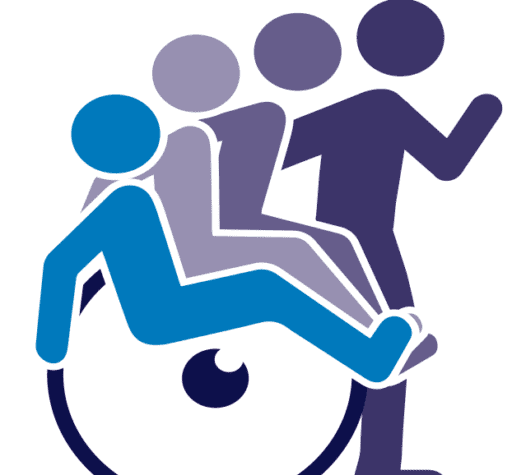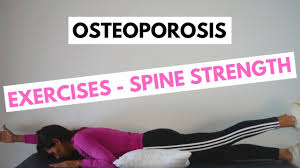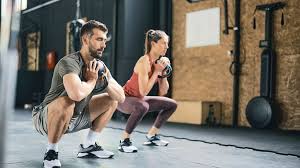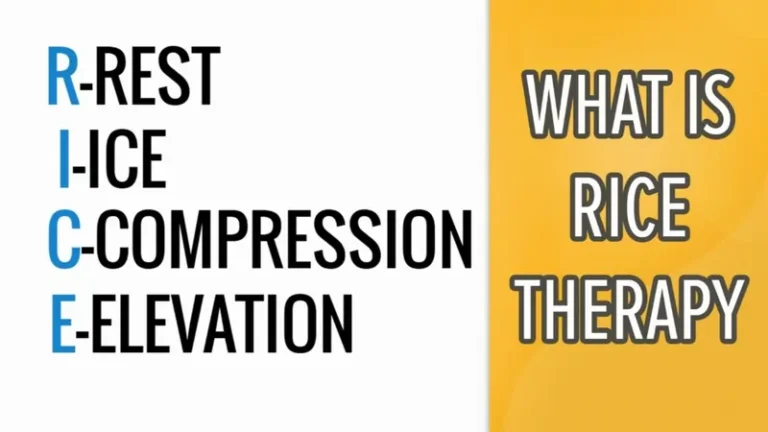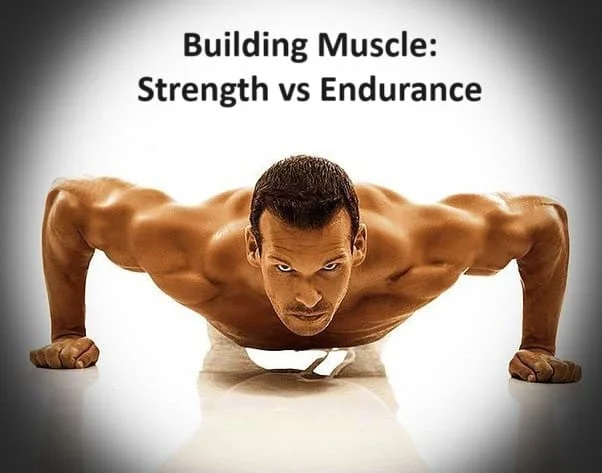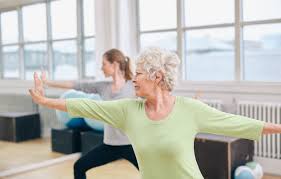Weight-Bearing Exercises For Osteoporosis of the Spine
Table of Contents
Introduction:
To strengthen bones and improve posture, weight-bearing exercises for osteoporosis of the spine need your body to work against gravity while remaining upright. By increasing muscular support around the spine, slowing down bone loss, and stimulating bone-forming cells, these workouts lower the chance of fractures.
Additionally, they support improved spinal health, flexibility, and balance, all of which are critical for preserving mobility and independence as you age.
Benefits of Weight-Bearing Exercises for the Spine:
Weight-bearing exercises for the spine have several advantages, including promoting bone development and preserving bone density, both of which lower the risk of osteoporosis-related fractures. They are an essential part of managing spine health as regular practice may increase general mobility, lessen back pain, and encourage independence in everyday activities.
Weight-Bearing Exercises For Osteoporosis of the Spine:
Walking:
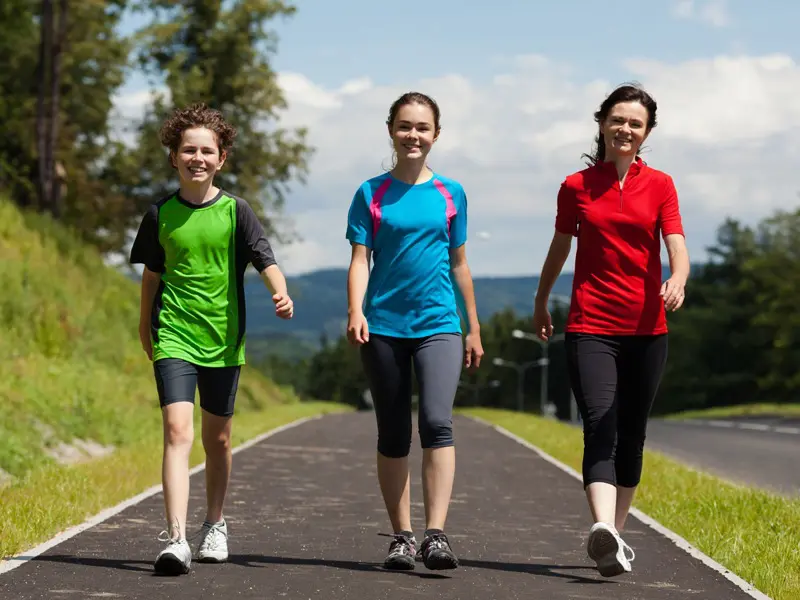
One of the quickest and best weight-bearing activities for treating osteoporosis of the spine is walking. It motivates your body to defy gravity, which promotes bone formation and preserves vertebral bone density.
Additionally, walking improves posture, balance, and strengthens the muscles supporting your spine, all of which lower your risk of fractures and falls. Most persons with osteoporosis may safely engage in this low-impact sport, which can be readily integrated into everyday routines without the need for specialized equipment.
Stair Climbing:

Stair climbing is a very powerful weight-bearing activity that helps to increase bone density in the lower body and spine by forcing your muscles and bones to fight against gravity. Stepping up and repeatedly lifting your body weight improves balance, increases cardiovascular fitness, and strengthens the muscles that support your spine.
Additionally, this exercise works your core, which improves stability and posture. Stair climbing should be done at a reasonable rate for those with osteoporosis, using handrails if necessary to prevent falls and promote safety.
Hiking:

Hiking is a great way to strengthen your spine by forcing your body to defy gravity on a variety of terrains. Walking on natural terrain, such as dirt walks or mild hills, tests your balance, works your core, and encourages the formation of vertebral bone.
Additionally, the uneven terrain engages stabilizing muscles, which enhances coordination and posture. To lower the danger of falls while still reaping the advantages of bone-strengthening, it is ideal for people with osteoporosis to pick safe, moderate terrain and utilize trekking poles or supportive footwear.
Dancing:

Dancing, which combines rhythmic motions with gravitational resistance, is an enjoyable and dynamic weight-bearing exercise that strengthens the spine. In addition to improving posture and engaging the muscles supporting the spine, the different steps, turns, and direction changes promote bone growth.
Additionally, dancing improves flexibility, balance, and coordination, all of which are critical for lowering the risk of falls in people with osteoporosis. Selecting dance forms with low to moderate impact, such as ballroom or folk dancing, enables you to reap the advantages of bone-strengthening while maintaining safe and spine-friendly motions.
Jogging (if safe):
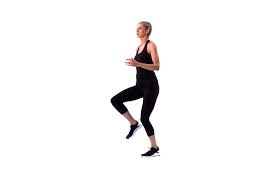
A higher-impact weight-bearing activity that can support bone formation and preserve bone density in the spine is jogging, if done safely. Additionally, jogging helps enhance balance, coordination, and cardiovascular fitness. However, because the increased impact may raise fracture risk in more advanced instances, it should only be done by those with moderate osteoporosis or those who have been cleared by a healthcare expert.
Heel Raises:
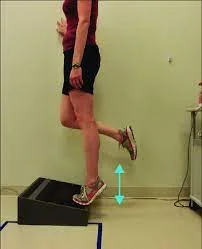
A straightforward yet powerful weight-bearing exercise, heel raises build the muscles in the calves, ankles, and lower legs, all of which are essential for maintaining balance and spinal stability.
You may work against gravity and promote bone health in your lower body and spine by raising your heels off the ground and standing on your toes. Additionally, this activity lowers the chance of falls by enhancing walking stability, posture, and coordination. Heel lifts may be performed anywhere, and if necessary, they can be supported by a chair or wall for increased safety.
Standing March:
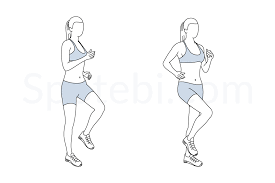
The standing march is a mild weight-bearing exercise that improves spinal stability and strengthens the hip, thigh, and core muscles. You may increase bone density in your lower body and spine by working against gravity by raising one knee at a time in a marching motion. This exercise is particularly helpful for people with osteoporosis since it also enhances posture, balance, and coordination. It can be done next to a wall or a strong chair for support for increased safety.
Side Leg Lifts:
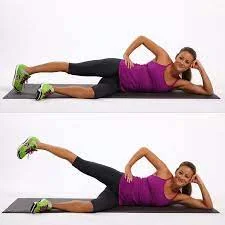
The hip abductors, glutes, and core muscles are worked during side leg lifts, a low-impact weight-bearing exercise that promotes spinal stability and alignment. You may improve muscular strength and balance while encouraging bone development in the hips and spine by raising your leg to the side against gravity. Additionally, this activity improves posture and hip mobility, which lowers the chance of falls. It may be done safely if you grasp onto a wall or a strong chair for support.
Standing Hip Abduction:
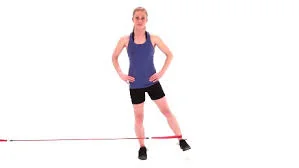
A weight-bearing exercise that is good for the spine, standing hip abduction builds strength in the muscles around the hips, glutes, and core, all of which support and shield the spine. You may defy gravity and promote bone density in your hips and spine by raising one leg out to the side while maintaining an erect upper body. The activity should ideally be done with a wall or stable chair nearby for increased safety.
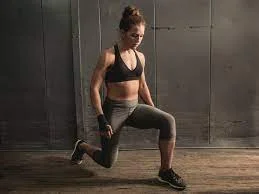
An effective weight-bearing exercise that builds core, hip, and leg strength and gives the spine the necessary support is the lunge. You may increase bone density in the hips and vertebrae by working against gravity by lowering your body and taking steps forward or backward. It’s recommended for those with osteoporosis to do controlled, shallow lunges and, if necessary, utilize a chair or wall for stability.
Wall Push-Ups:
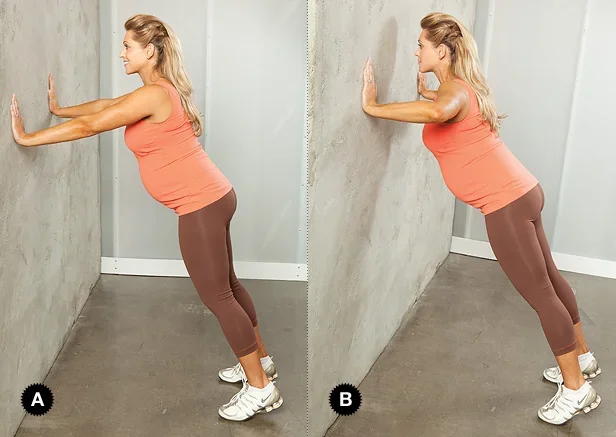
A mild, weight-bearing exercise that improves posture and spinal stability, wall push-ups build muscle in the arms, shoulders, chest, and core. You can fight gravity and preserve bone density in your arms and upper spine by pulling your body away from the wall. This activity is suitable for those with osteoporosis since it strengthens the upper body without putting undue strain on the back. Keep your body in alignment and move slowly and deliberately for optimal effects.
Toe Taps:
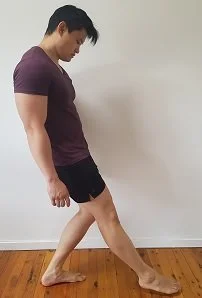
Toe taps are a low-impact, weight-bearing exercise that supports spinal stability by strengthening the legs, hips, and core. You may promote bone health in the lower body and spine by working against gravity by tapping your toes forward, sideways, or diagonally while standing. Additionally, this exercise enhances posture, balance, and coordination, which lowers the chance of falls. Toe taps can be carried out next to a solid chair or wall for support for increased safety.
Step-Ups:
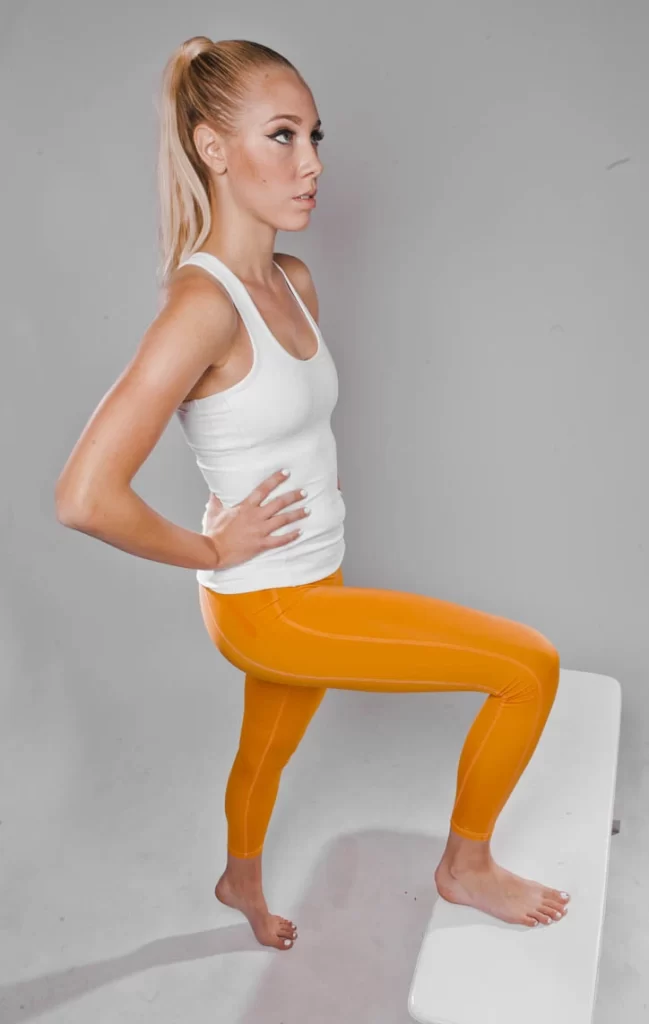
A useful weight-bearing exercise that tones the legs, hips, and core muscles, all of which are essential for maintaining the spine, is the step-up. You may increase bone density in your hips and vertebrae by working against gravity by regularly climbing onto a platform, bench, or solid step.
The ideal starting step height for those with osteoporosis is modest, and for extra support, utilize a wall or railing.
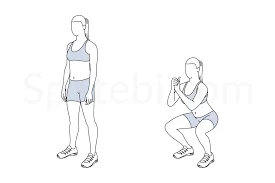
The thighs, hips, glutes, and core are all worked during squats, a potent weight-bearing exercise that supports and stabilizes the spine. Squats improve posture and muscular strength while increasing bone density in the hips and vertebrae by lowering and raising your body against gravity.
Additionally, they improve functional mobility and balance, which facilitates everyday activities like standing and sitting. People with osteoporosis must execute squats correctly, avoiding severe bends and, if necessary, utilizing a chair or wall for support.
Bridges:
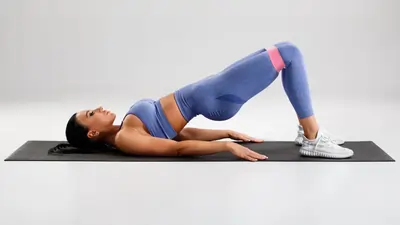
By strengthening the glutes, lower back, and core muscles, bridges are a mild weight-bearing exercise that gives the spine the necessary stability. You may preserve bone density in the lower spine and pelvis by working against gravity by raising your hips off the floor while keeping your shoulders and feet stationary. To promote safety and prevent strain, bridges should be placed gently and with controlled motions for those who have osteoporosis.
Standing on One Leg:
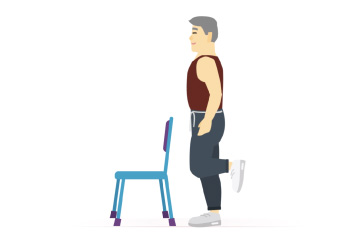
Standing on One Leg is a straightforward yet powerful weight-bearing exercise that strengthens the muscles supporting the spine and enhances posture, balance, and coordination. You may preserve bone density in the hips and vertebrae by working against gravity while standing up straight on one leg.
Additionally, by strengthening the ankles, calves, and core, this exercise lowers the chance of falling. For safety and support, people with osteoporosis should sit next to a wall or a firm chair.
Tai Chi:
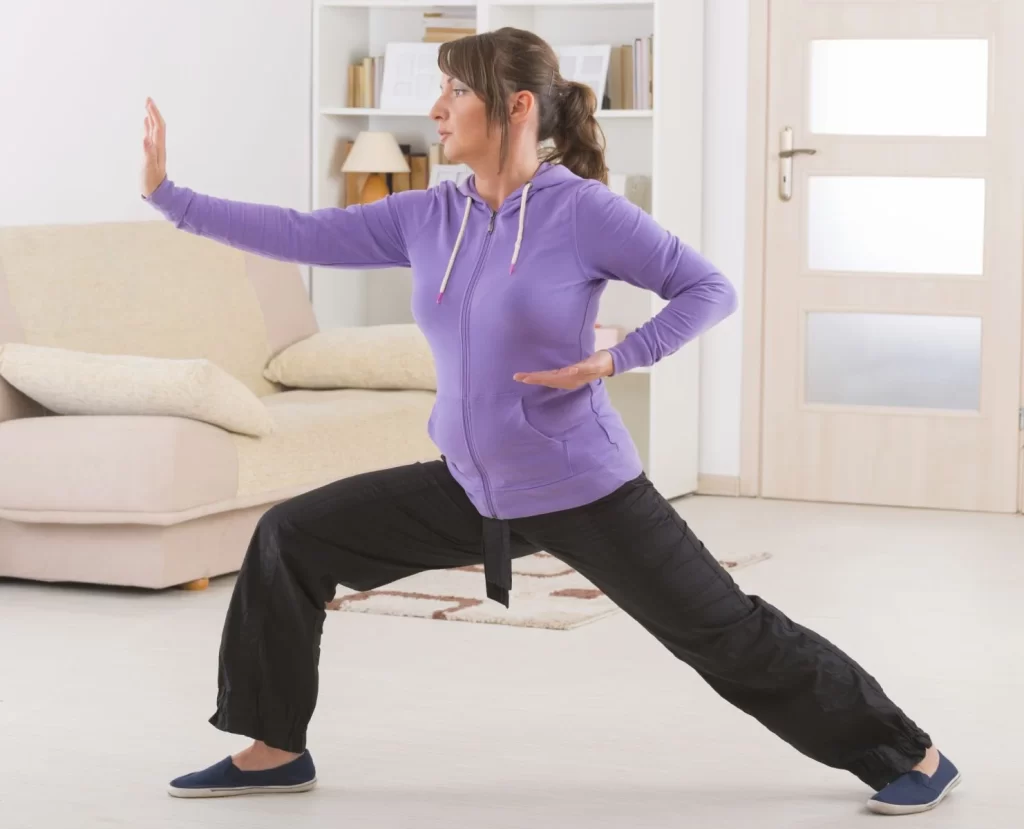
Tai chi is a low-impact, mild weight-bearing exercise that enhances posture, balance, and coordination by combining deep breathing with slow, controlled motions. The continual movement against gravity can help preserve bone density, and its upright stance and shifting weight patterns assist in activating the muscles supporting the spine.
Tai chi is a safe and helpful alternative for people with osteoporosis of the spine since it also improves flexibility, lowers stress, and decreases the chance of falls.
Low-Impact Aerobics:
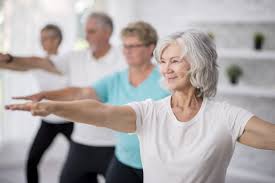
Low-impact aerobics are moderately paced, rhythmic, weight-bearing workouts that minimize joint and spine stress by maintaining at least one foot on the ground at all times. These exercises, which include arm swings, side steps, and mild knee lifts, strengthen the muscles that support the vertebrae, increase bone density, and enhance cardiovascular health. Low-impact aerobics is a safe and efficient option for people with osteoporosis of the spine since it also improves flexibility, balance, and coordination.
Resistance Band Rows:
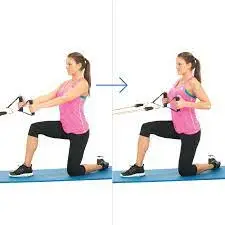
Resistance Band Rows are a weight-bearing, spine-friendly strength training exercise that works the arms, shoulders, and upper back, all of which improve posture and spinal stability. You may strengthen the muscles that keep the shoulders and back in alignment and preserve bone density in the upper spine by pushing the band toward your body and working against resistance. This exercise is very helpful for those with osteoporosis since it also increases core stability and lowers the risk of rounded posture.
Bicep Curl:
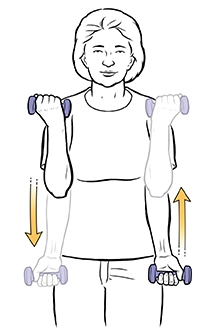
Bicep curls are a basic weight-bearing strength training exercise that helps strengthen the biceps and preserve bone density in the arms and upper spine. You may improve your posture by strengthening your muscles and encouraging bone formation by lifting dumbbells or resistance bands against gravity.
Additionally, stronger shoulder and arm muscles help with everyday tasks and lessen the pressure on the spine. Bicep curls are safe for people with osteoporosis as long as they are performed with controlled motions and modest to moderate weights.
Safety Tips for Exercising with Osteoporosis:
It’s crucial to put safety first when exercising if you have osteoporosis to protect your spine and avoid being hurt. Before beginning a new program, always get medical advice, especially if you have a history of fractures.
Stay away from high-impact exercises and motions that cause the spine to bend, twist, or jolt forward. Use a wall, chair, or railing for balance as necessary, and concentrate on doing moderate, controlled movements with good technique.
Make sure there are no trip risks in your workout environment and wear supportive, non-slip shoes. Above all, pay attention to your body and stop right away if you feel uncomfortable or in pain.
Conclusion:
You may lower your risk of fractures, improve your mobility, and maintain your independence as you age by implementing safe, spine-friendly exercises into your daily routine. Regular exercise turns into a significant investment in long-term spine health and general well-being when paired with a balanced diet and lifestyle.
FAQs
Exercises involving weight-bearing and resistance offer several advantages. These exercises are beneficial for building bone strength. You may improve the health of your bones by walking three to five miles each week.
Your bones will be stronger and less likely to break if you take vitamins B6 (pyridoxine), B9 (folic acid), and B12 (cyanocobalamin). B9 and B12 aid in regulating homocysteine levels, which are associated with an elevated risk of bone fractures in the elderly.
Although osteoporosis cannot be reversed, vitamin D is essential for controlling and preventing the illness, especially when used in conjunction with other therapies. Together with calcium, vitamin D aids in the body’s absorption and use of calcium, which is necessary for healthy bone growth and maintenance. Particularly in those who have osteoporosis, adequate vitamin D levels can help lower bone turnover, enhance bone mineral density, and perhaps lower the risk of fractures.
An essential rule to keep in mind when exercising or performing daily tasks if you have osteoporosis is: Avoid bending or flexing your back. Leaning back or bending forward, however, lessens the strain on the front of the spine.
Weighted walking for osteoporosis
Several activities can begin to slow down the loss of bone density associated with osteoporosis, even while there is nothing that can be done to reverse the condition.
A multifaceted strategy that incorporates weight-bearing and resistance training, a nutrient-rich diet, and lifestyle modifications is the quickest method to enhance bone density.
The best kind of bone-strengthening exercise is progressive muscular resistance training. It includes gradually increasing the amount of work your muscles can perform by employing weights or resistance bands. You accomplish this by slowly and carefully increasing the weight you lift.
The Bone Health and Osteoporosis Foundation suggests a mix of muscle-strengthening activities (two to three days per week), balancing exercises (every day), and weight-bearing exercises (30 minutes per day on most days of the week). All things considered, bone health depends on activity, especially the proper sort.
References:
- Exercising with osteoporosis: Stay active the safe way. (n.d.). Mayo Clinic. https://www.mayoclinic.org/diseases-conditions/osteoporosis/in-depth/osteoporosis/art-20044989
- Hellicar, L. (2023b, June 9). 6 exercises for osteoporosis of the spine. https://www.medicalnewstoday.com/articles/exercises-for-osteoporosis-of-the-spine
- Exercises for osteoporosis of the spine. (n.d.). https://www.getwellen.com/well-guide/top-exercises-for-osteoporosis-of-the-spine
- Taylor, R. B. (2024, October 20). 8 workouts for stronger bones. WebMD. https://www.webmd.com/osteoporosis/features/exercise-weight-bearing
- Martin, M. (2025, April 3). Exercises for osteoporosis of the spine. MelioGuide. https://melioguide.com/osteoporosis-exercises/osteoporosis-exercises-for-spine/
- Unknown. (n.d.). Osteoporosis: Weight-bearing and muscle-strengthening exercises. https://www.sanfordhealth.org/-/media/org/files/patient-education/exercise-weight-bearing.pdf
